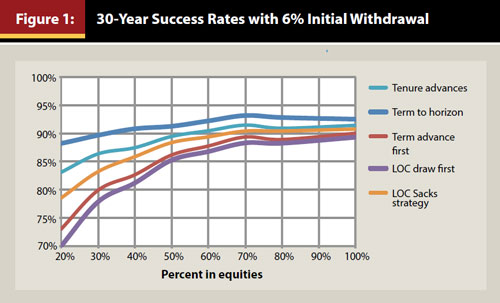by Jamie Hopkins

Over the past few years, I have been very outspoken about the need for financial advisers to incorporate reverse mortgages into their practices, especially those acting under a fiduciary duty of care or doing retirement income planning.
As a professor at The American College of Financial Services, I have woven material about reverse mortgages into the coursework for the CFP, CLU, ChFC and RICP. Of these, the RICP, which focuses specifically on retirement income planning, has had the greatest impact on advisers with regard to reverse mortgages. I have seen eyes open, policies change, and financial planning practices include reverse mortgage conversation in their process.



